All photos by © Kirstin Scholtz/ WildArk unless otherwise stated.
Australia’s mammal extinction record is the worst in the world – over the last two hundred years 29 mammal species have become extinct.
The Otway National Park of South West Victoria supports populations of threatened species, including the Long-Nosed potoroo and bandicoot. As part of the Otway Ark, mammal recovery program, a collaborative team of University of Melbourne and Conservation Ecology Centre ecologists are studying the effectiveness of fox baiting on species numbers or the area occupied by threatened ground-dwelling mammals, in particular, the Long-Nosed potoroo. They hope to attribute any positive response in potoroo and bandicoot populations to the knockdown of foxes in the central Otways.
WildArk joined ecologists Zoï Banikos and Mark Le Pla and their team of interns and volunteers to lay a grid of camera traps in the cool temperate forests of this region.
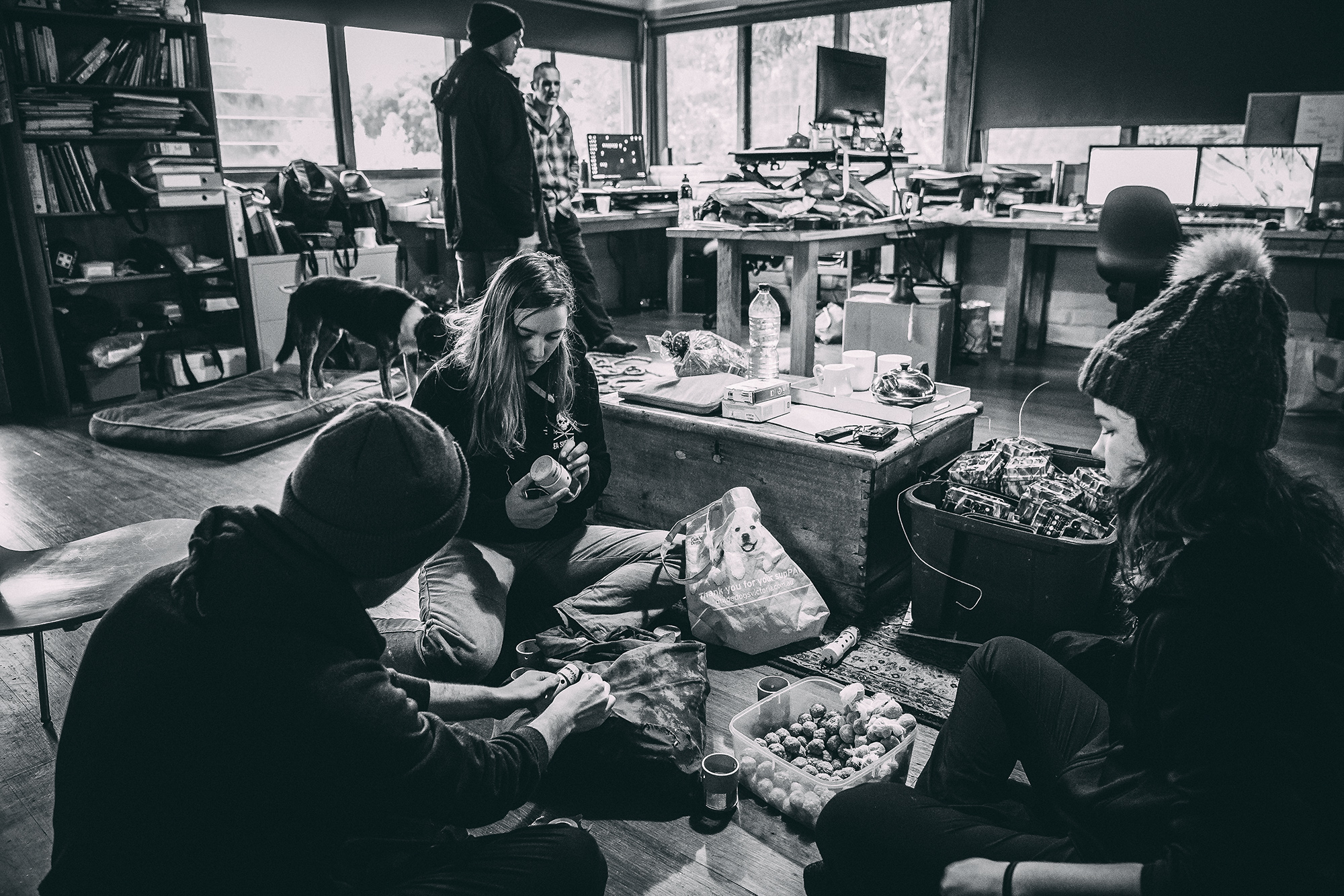
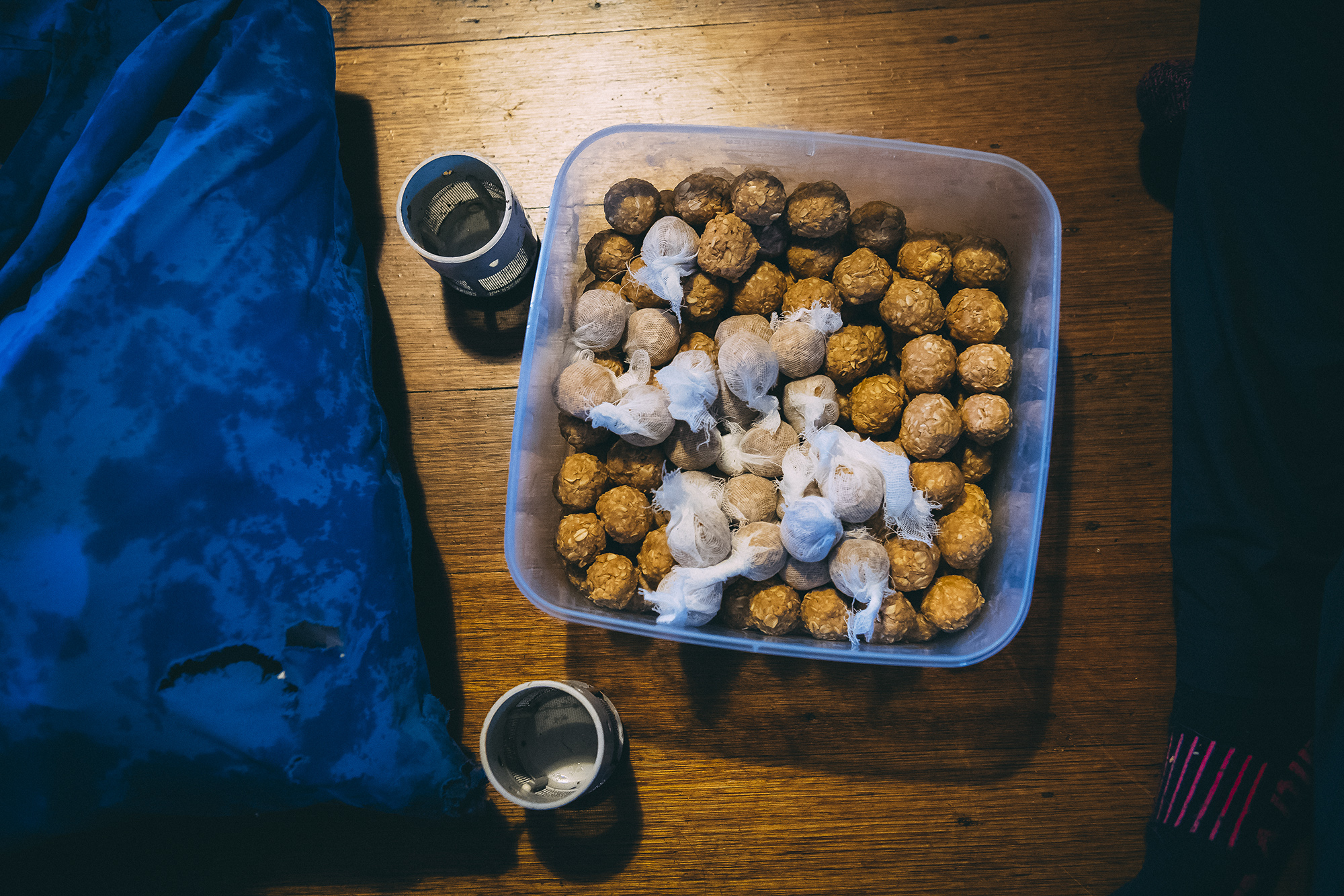
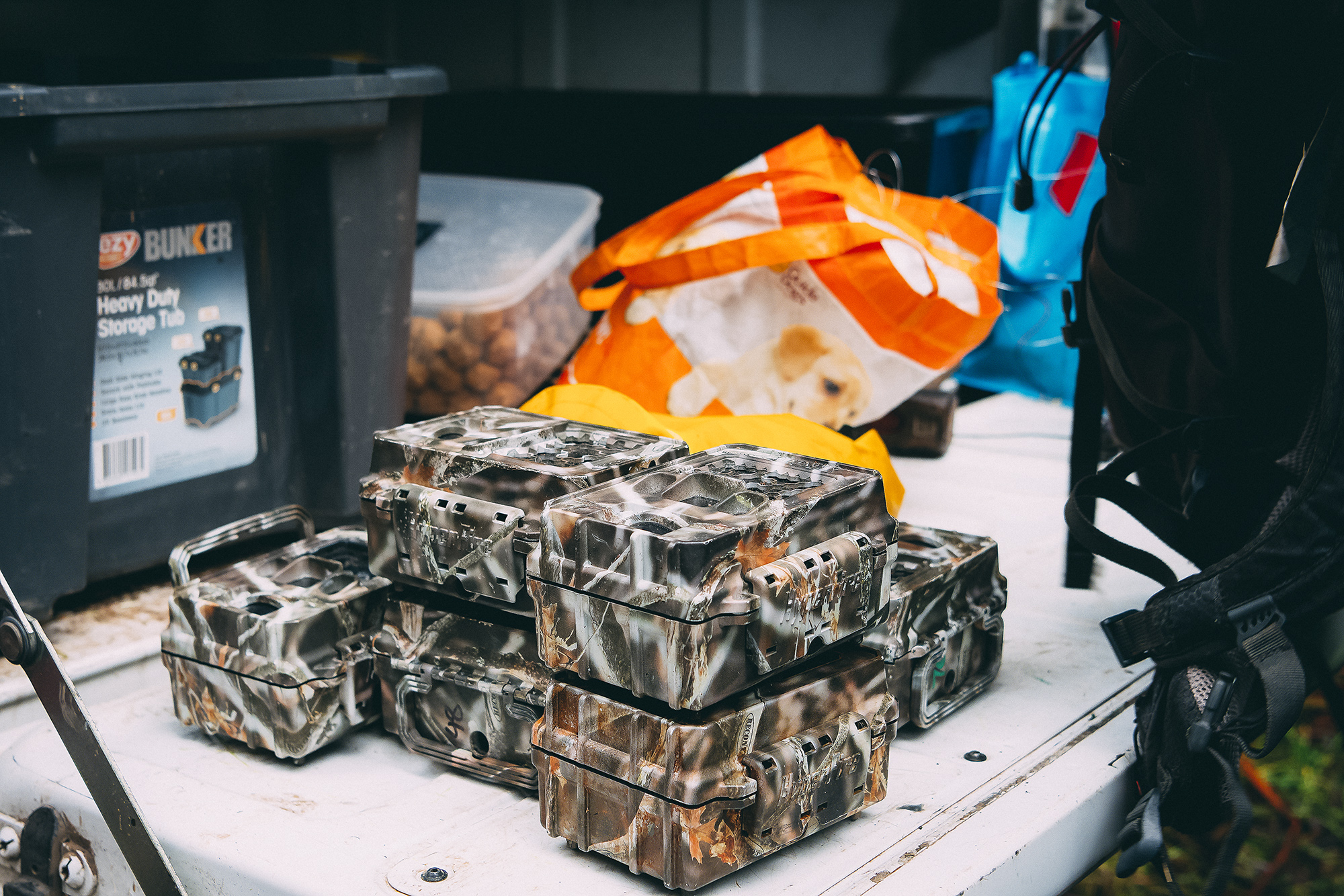
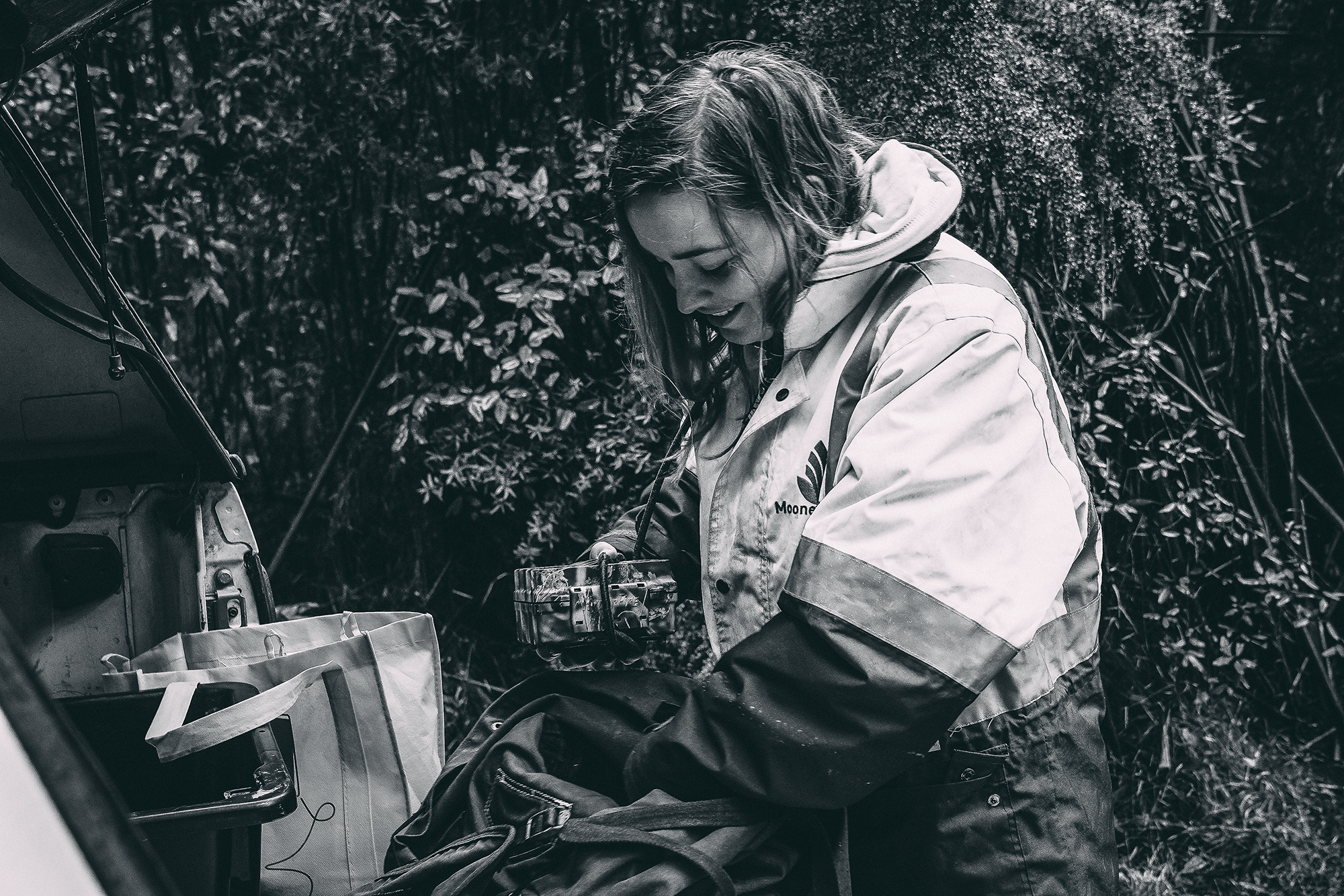
The team arrives early to prepare bait (in this case a standard combination of peanut butter, oats, and golden syrup) as a lure to increase their chances of detecting Long-Nosed potoroos.
The use of lures have been shown to dramatically increase chances of detection for a range of species in past studies and is standard practice for projects utilising camera traps.
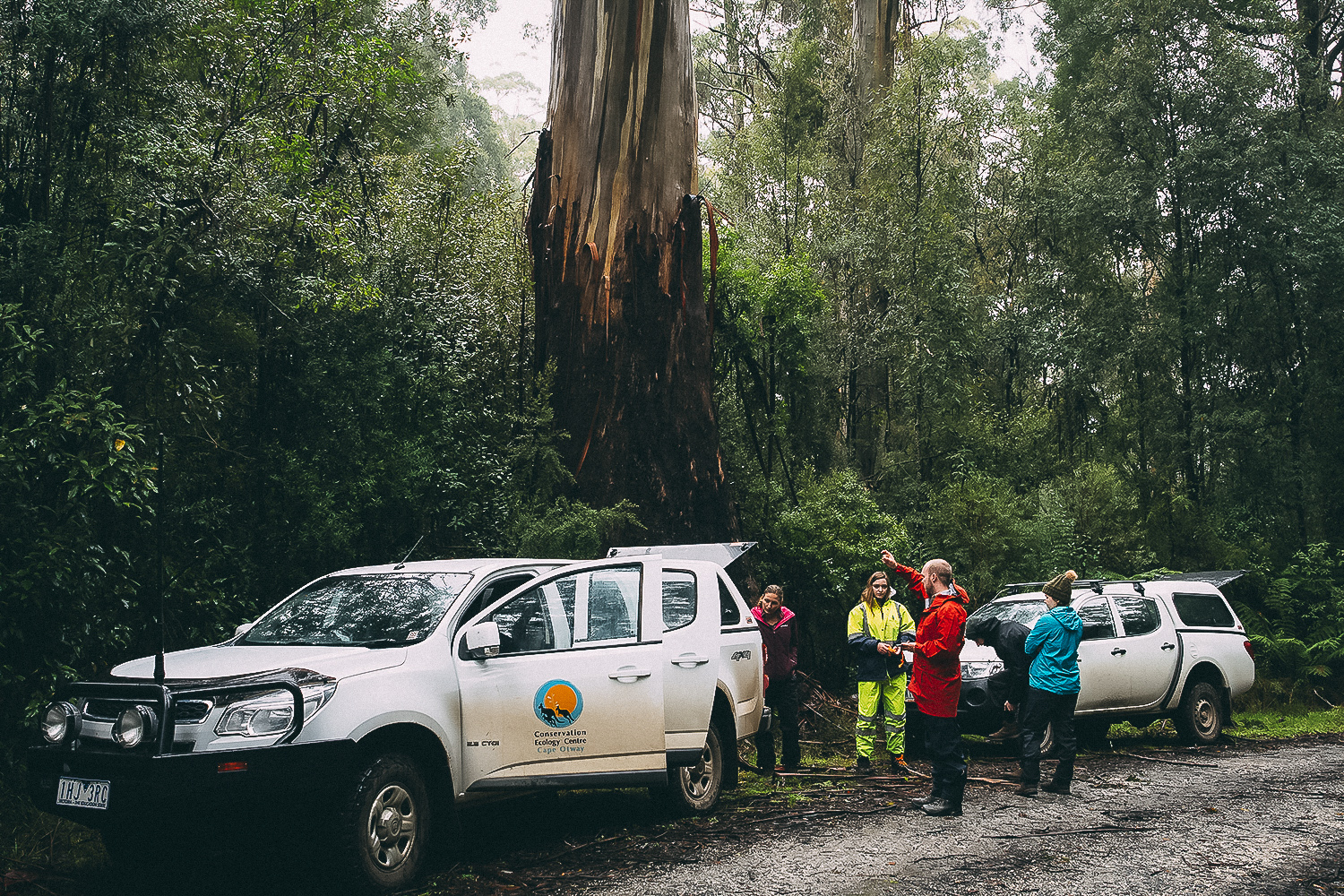
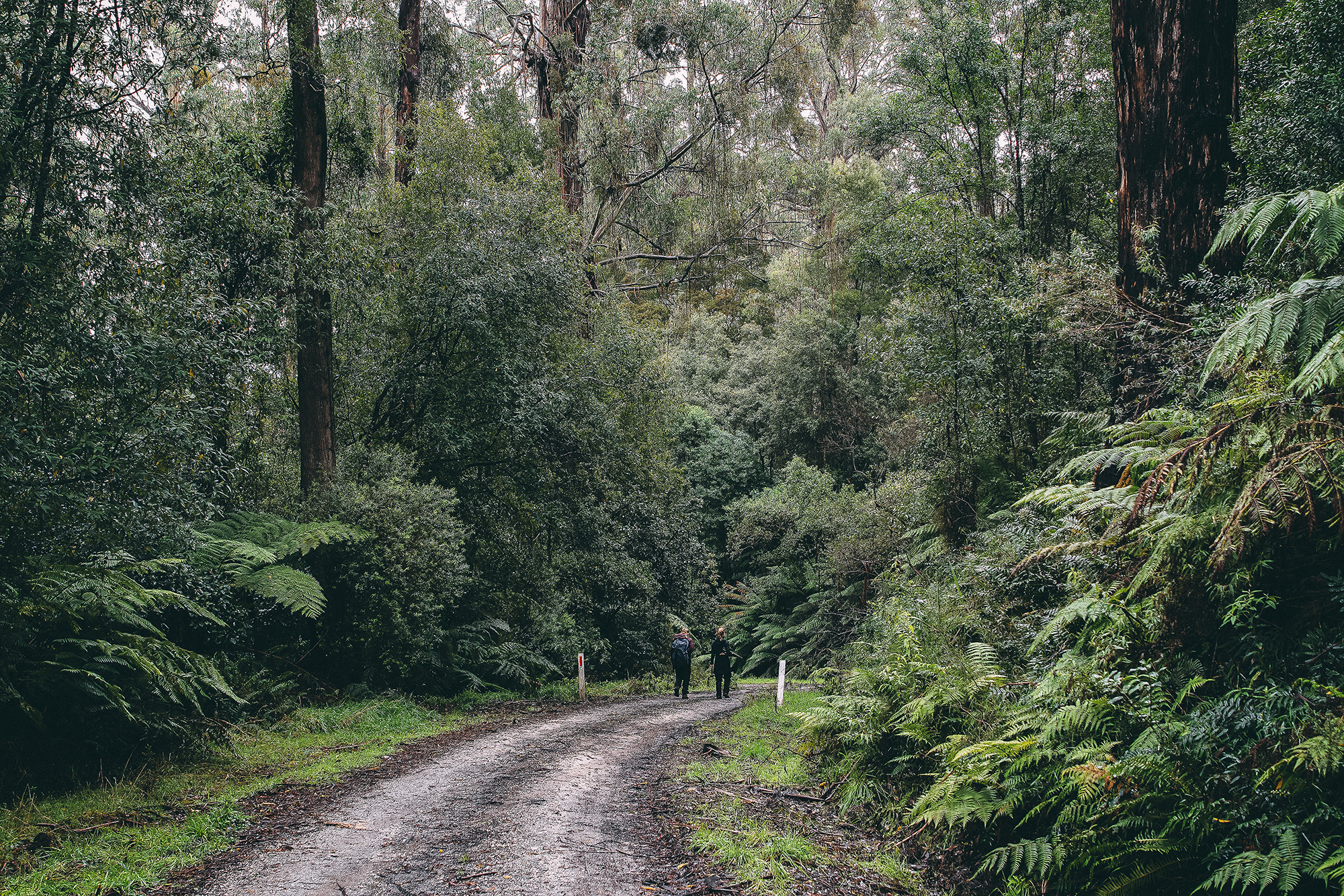
We arrive at the launch spot off one of the 4×4 tracks in the remote Cape Otway National Park. The air is cool, and a mist hangs gently between the Myrtle Beech and Blackwood trees, typical of the wet montane gullies and protected slopes.
Zoi and her team have decided on an area to deploy the camera traps based on where there have been consistent potoroo and bandicoot detections from other studies/projects in the past. This suggests a persisting population of these species in the area and therefore, an ideal place to investigate their response to fox baiting.
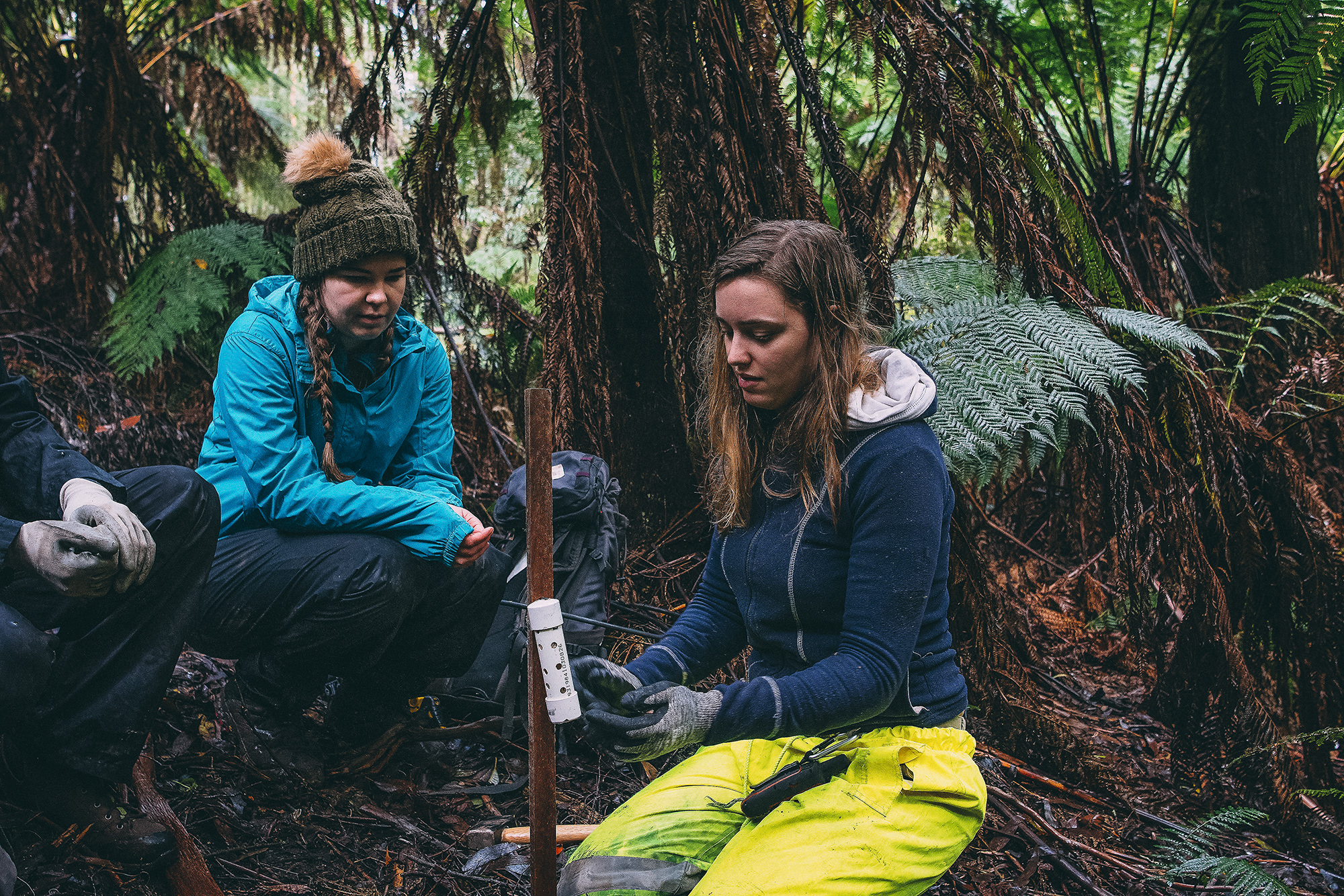
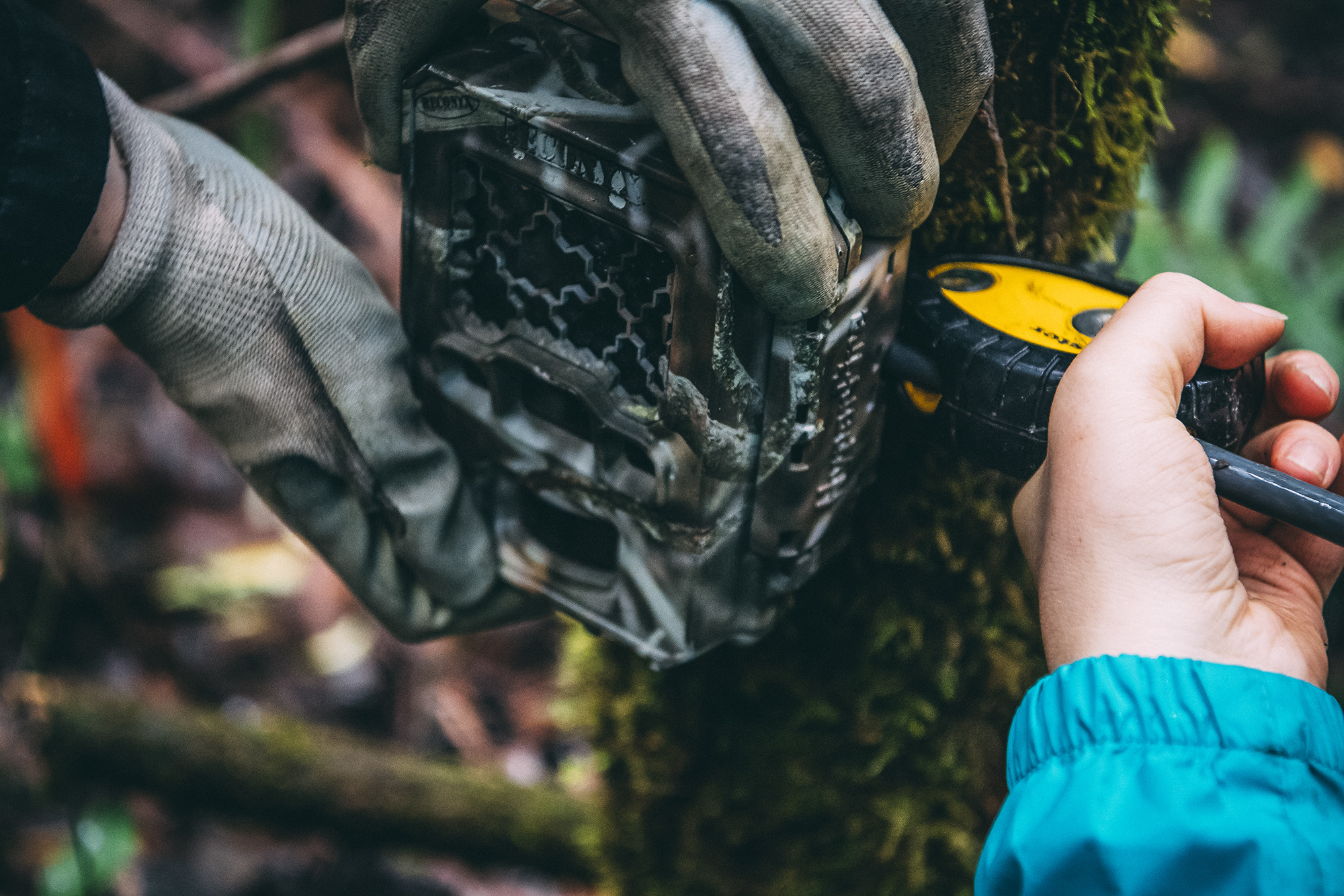
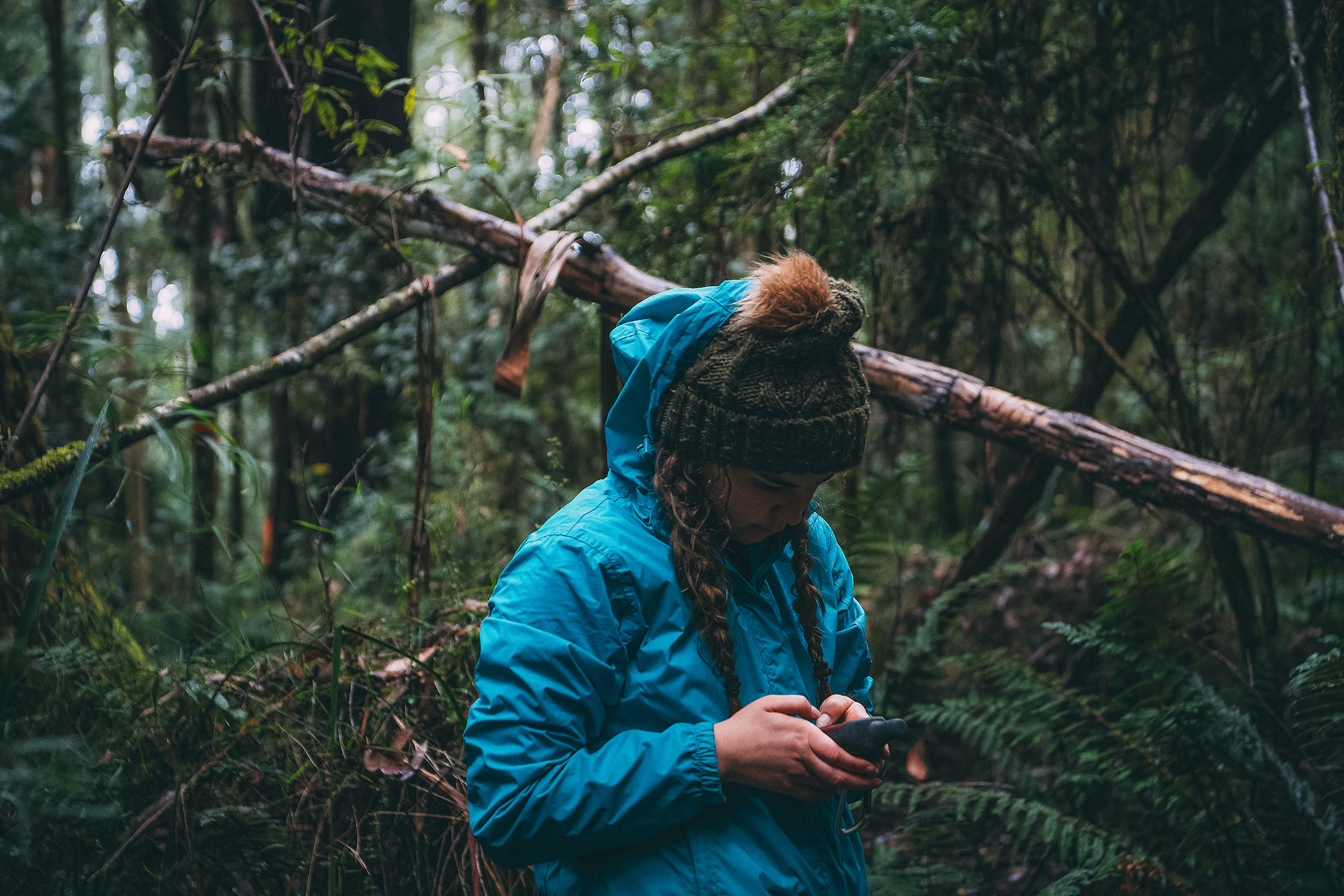
The traps are left out for a minimum of 17 nights (ideally longer where possible). The 17-day minimum is based on how sure the team is they will detect all potoroos and bandicoots using that area, in that time. (They are aiming for an 80% certainty that if there’s a potoroo there, they’ll see it on camera.)
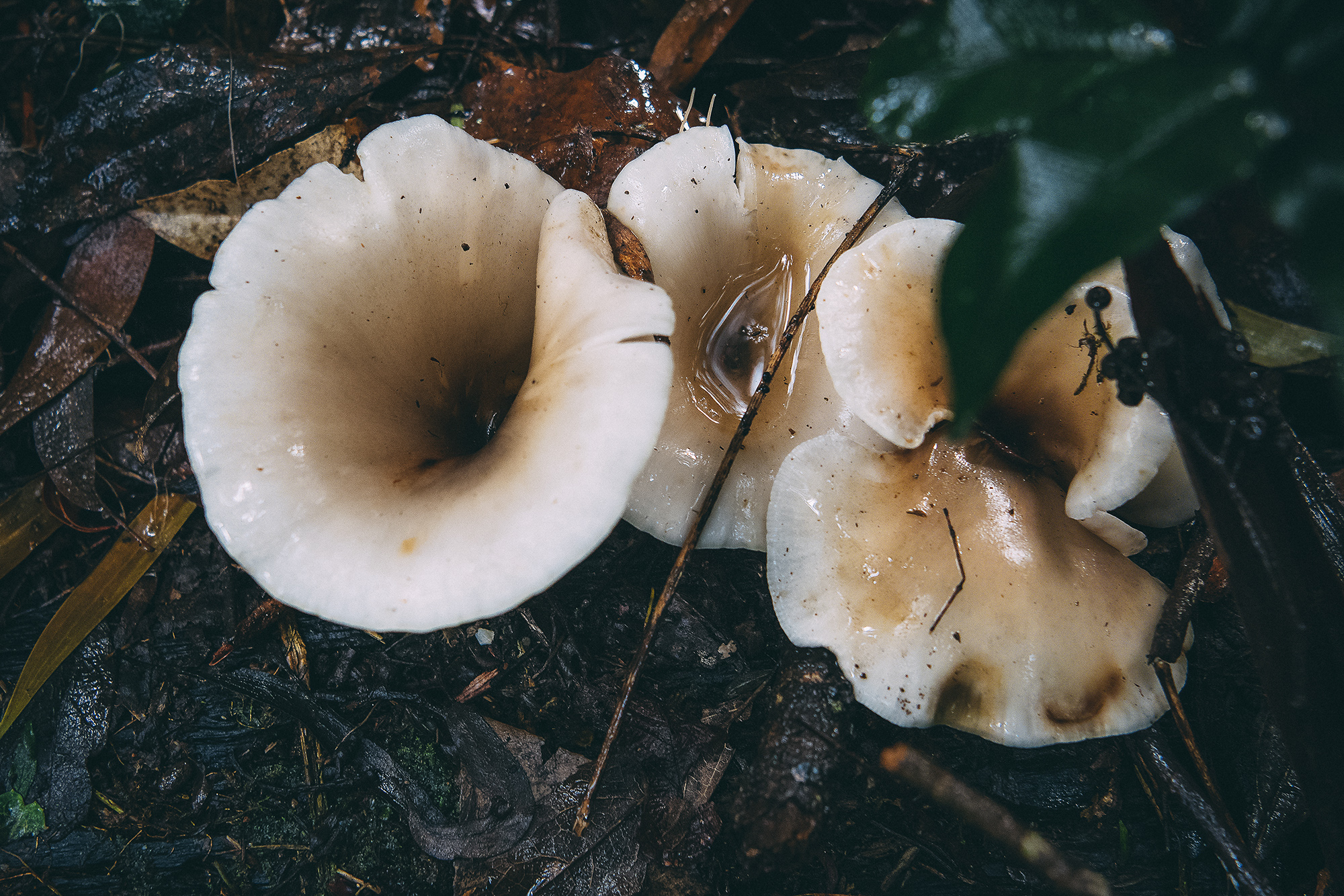
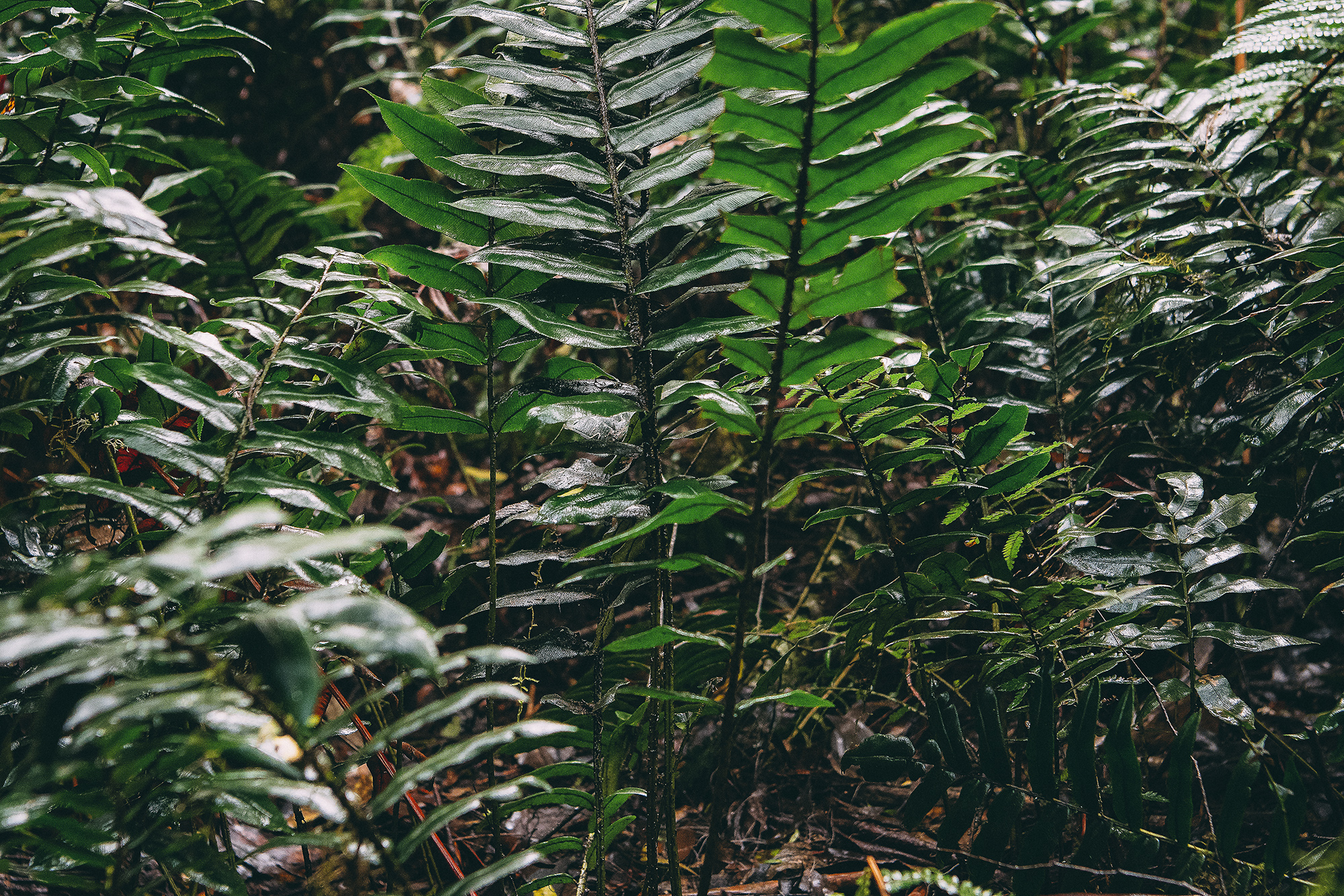
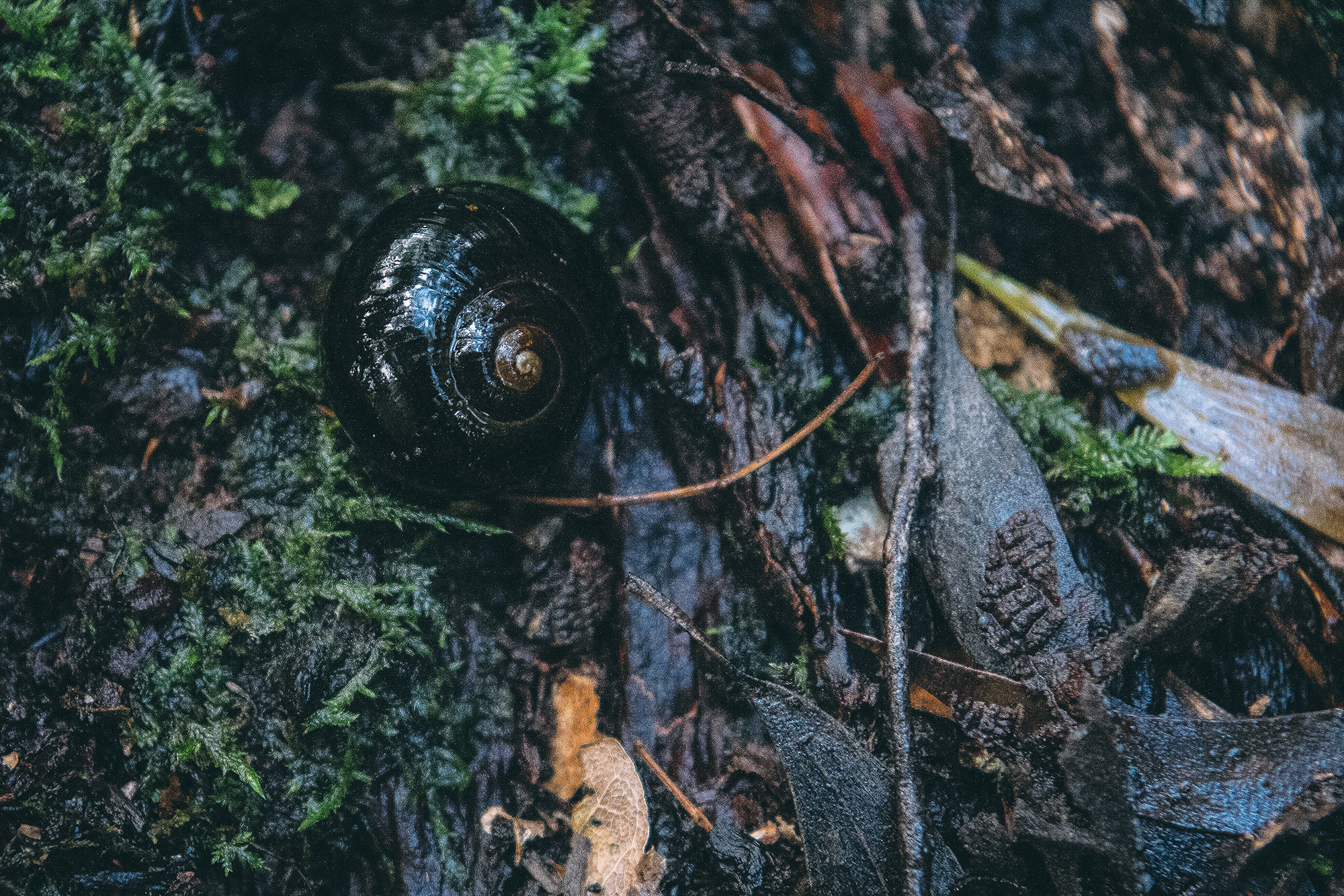
Long-nosed potoroo’s are known as “ecosystem-engineers” — animals which maintain the health and structure of the forest for a whole range of species. They consume a wide variety of fungi with fruiting bodies that never rise above the surface. This means potoroo’s are required to dig to access this resource and therefore turn over extraordinarily large amounts of soil in the process. This soil turnover has many benefits such as improved nutrient recycling and assisting in the dispersal of these fungal species.
The Long-nosed potoroo and Long-nosed bandicoot are particularly susceptible to predation by introduced predators such as feral cats and foxes. The potoroo is also reliant on both structurally complex habitats for shelter and more open areas for foraging, and therefore, inappropriate fire regimes, habitat fragmentation, and habitat loss are also believed to be major contributing factors to the decline of this species observed elsewhere throughout their distribution.
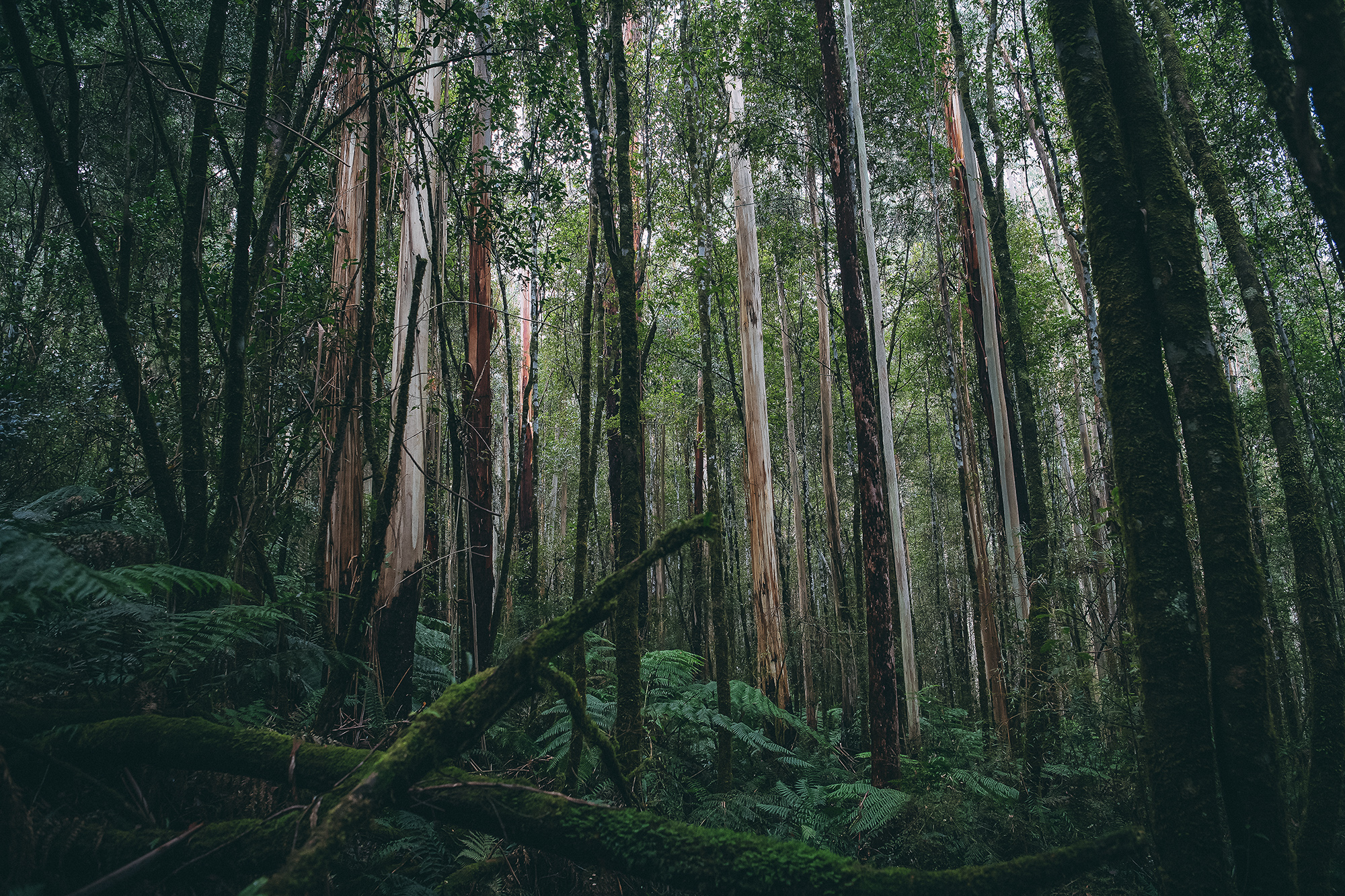
By monitoring the response of focal species to fox control, the team hopes to improve their understanding of how these systems change as a result of this management intervention.
The results for this study and others undertaken in the same area will allow the Conservation Ecology Centre to engage with local land management authorities to further optimise the overall control program and ideally, provide an opportunity for Long-nosed potoroo’s and bandicoots to thrive as they once did in the Otways.
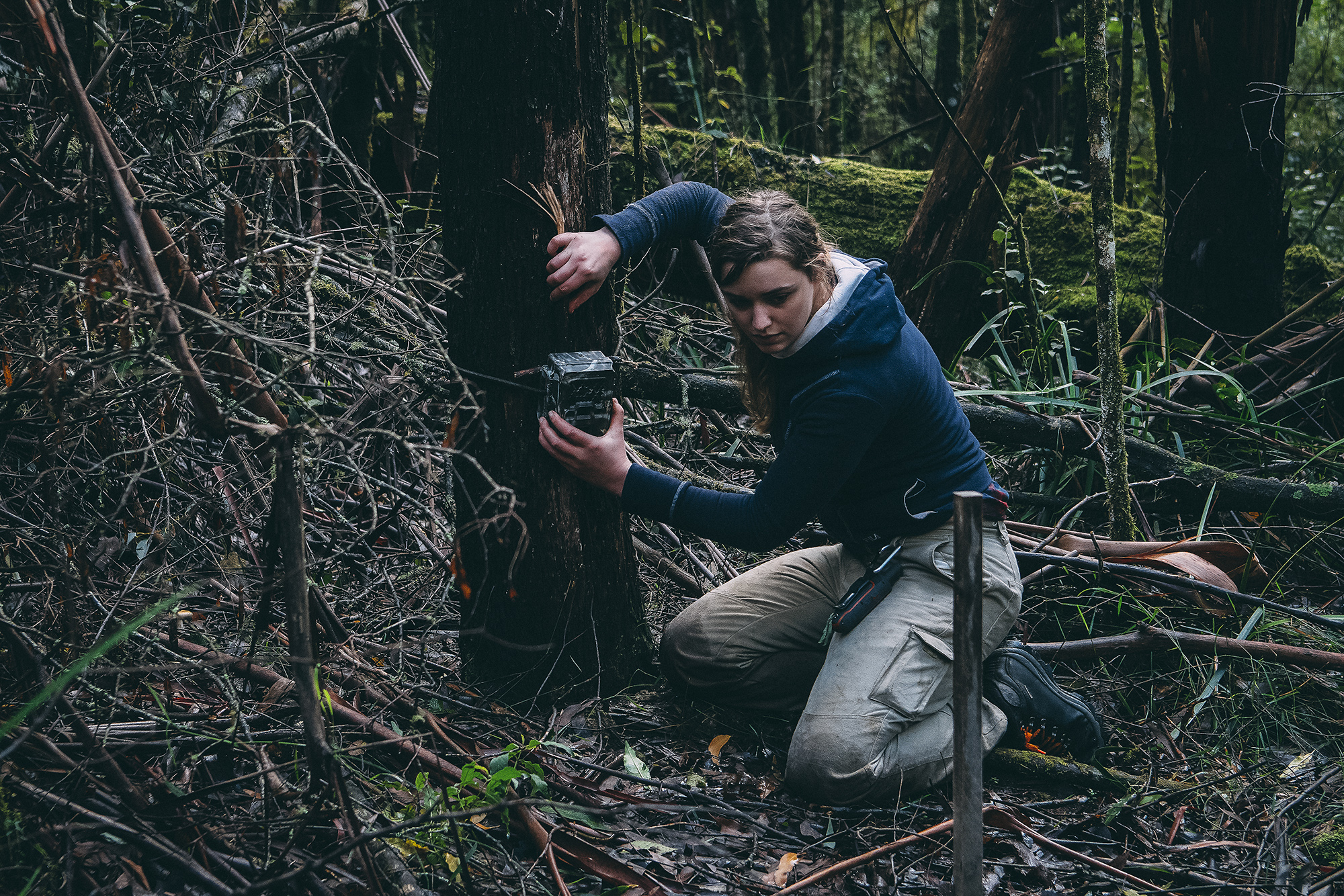
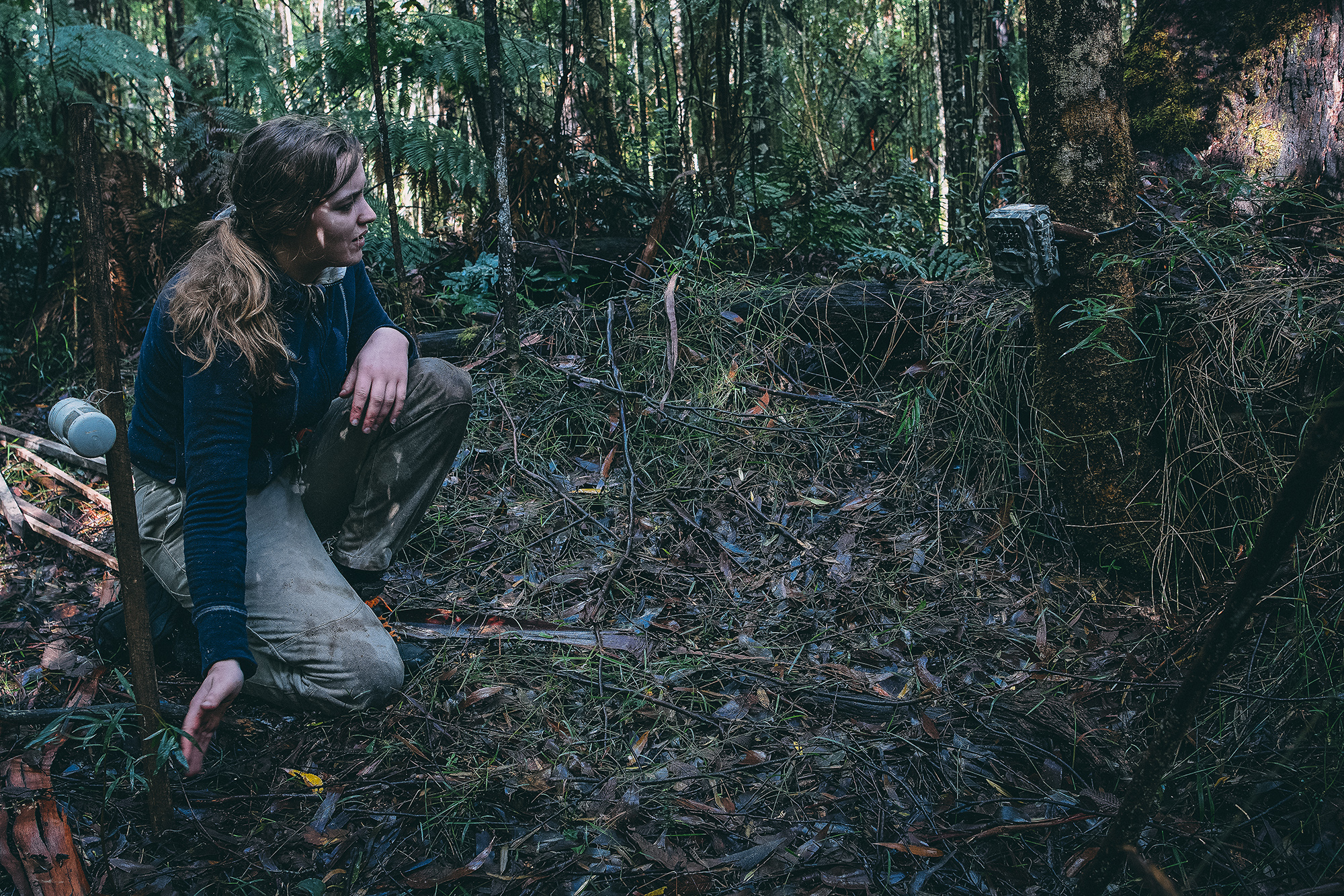
After two weeks the camera traps are collected, reavealing a wonderful selection of indigenous wildlife as well as some not so friendly predators.
A small feral cat passing by.
A curious Swamp wallaby taking a closer look

A red fox eyeing out the bait.

A male Koala quite comfortably having his portrait taken.

A Long-nosed bandicoot makes an appearance.
And there is much excitement when the footage reveals a Long-nosed potoroo coming to check out the bait.
This research is supported by the Conservation Ecology Centre, the University of Melbourne, the Victorian Environmental Assessment Council, Parks Victoria, and the Australian Government’s National Environmental Science Program through the Threatened Species Recovery Hub.
